The Mekong River, flowing through the heart of Southeast Asia, has long been a source of mystery and legend. Among its many enigmatic phenomena, the Naga fireballs of Laos stand out as one of the most perplexing. Every year, during the late autumn months, glowing orbs rise from the river’s surface, captivating locals and tourists alike. These fireballs, often described as reddish or pinkish spheres, appear to defy scientific explanation, leaving researchers and skeptics baffled.
The phenomenon typically occurs around the time of the Boun Ok Phansa festival, which marks the end of Buddhist Lent. Thousands gather along the banks of the Mekong, particularly near the Thai-Lao border, to witness the spectacle. According to local folklore, the fireballs are the work of the Naga, a mythical serpent-like creature said to dwell in the river. The Naga is deeply rooted in Lao and Thai culture, often associated with protection and spiritual power. For believers, the fireballs are a sign of the Naga’s blessing, a celestial event intertwined with faith and tradition.
Scientists have attempted to explain the fireballs through various theories, ranging from bioluminescent gases to combustible phosphine rising from the riverbed. Some researchers suggest that the decomposition of organic matter in the river produces methane, which could ignite under certain conditions. However, these hypotheses fail to account for the consistency of the event’s timing or the precise, spherical shape of the fireballs. Skeptics argue that the phenomenon might be man-made, with locals launching flares or fireworks to perpetuate the legend. Yet, no conclusive evidence has been found to support this claim.
The cultural significance of the Naga fireballs cannot be overstated. For many Lao people, the event is not just a natural oddity but a sacred tradition. It reinforces their connection to the Mekong, a lifeline that sustains agriculture, transportation, and spirituality. The fireballs also draw international attention, boosting tourism in an otherwise quiet region. Despite the lack of a definitive explanation, the allure of the mystery continues to grow, with documentaries and news features adding to its global fame.
In recent years, the Lao government has embraced the Naga fireballs as part of the country’s cultural heritage. Festivals and events are organized to celebrate the phenomenon, blending modern tourism with ancient beliefs. While scientists may never fully unravel the mystery, the fireballs remain a testament to the enduring power of folklore and the human fascination with the unknown. Whether a product of nature or myth, the Naga fireballs of the Mekong River will likely continue to ignite wonder for generations to come.

By Olivia Reed/Apr 28, 2025

By Emma Thompson/Apr 28, 2025
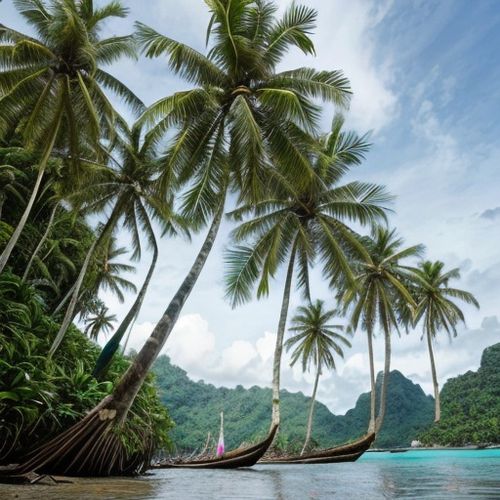
By Samuel Cooper/Apr 28, 2025
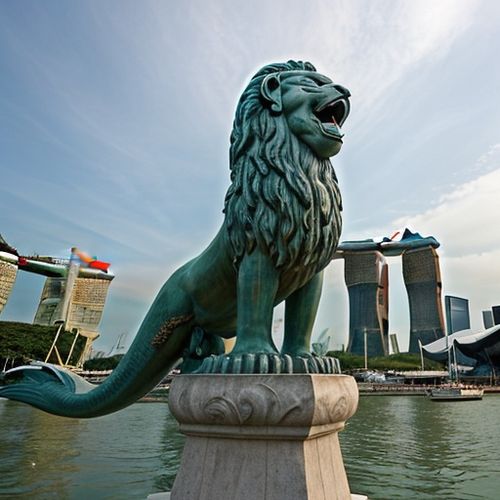
By Grace Cox/Apr 28, 2025
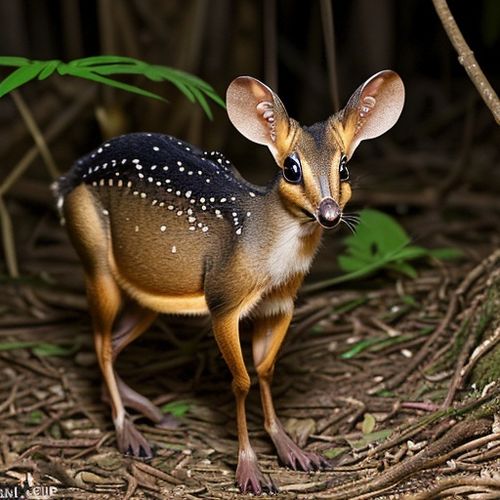
By George Bailey/Apr 28, 2025

By Rebecca Stewart/Apr 28, 2025
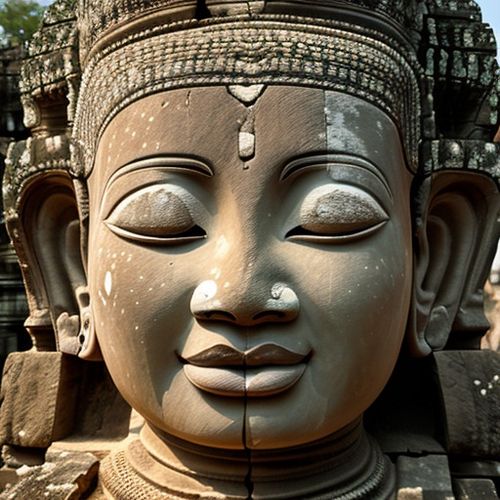
By George Bailey/Apr 28, 2025
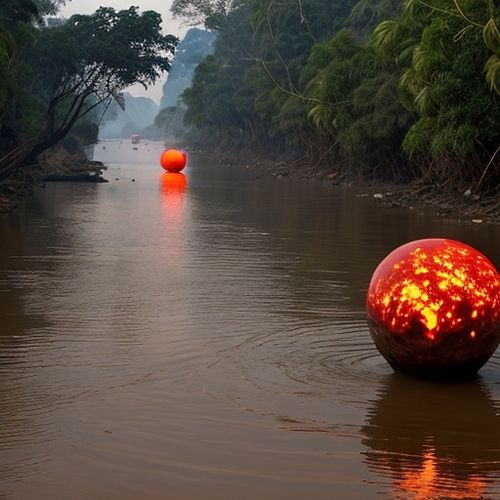
By Olivia Reed/Apr 28, 2025
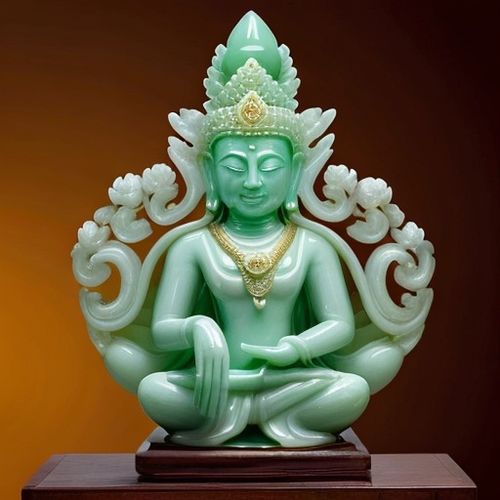
By Eric Ward/Apr 28, 2025
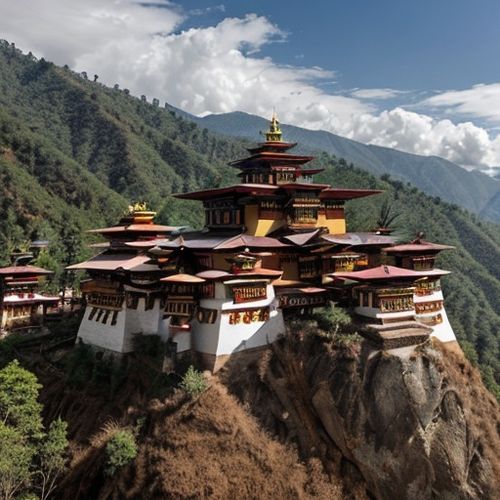
By Benjamin Evans/Apr 28, 2025
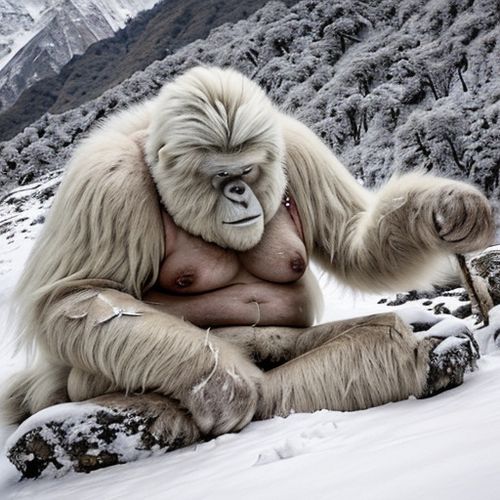
By Amanda Phillips/Apr 28, 2025
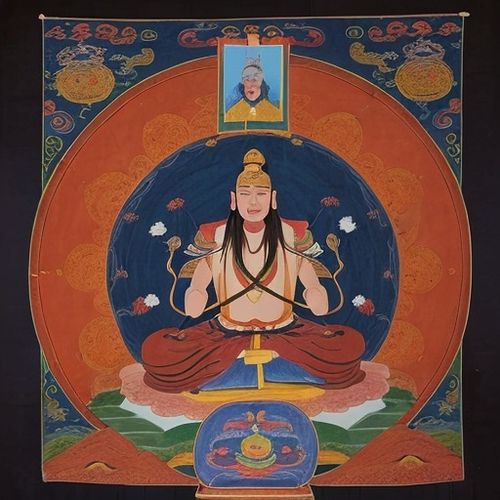
By Sophia Lewis/Apr 28, 2025
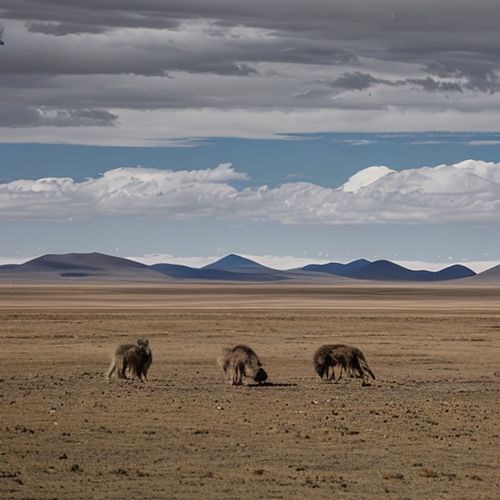
By Christopher Harris/Apr 28, 2025
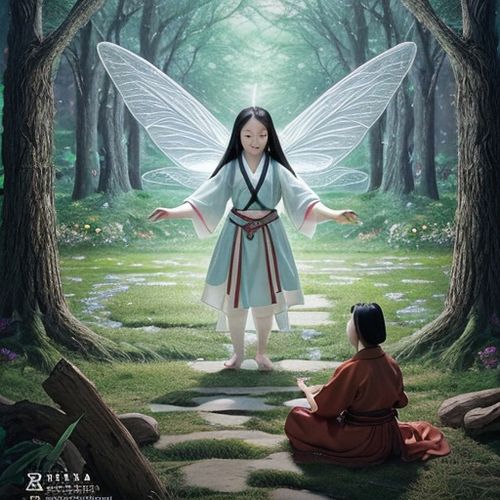
By Benjamin Evans/Apr 28, 2025
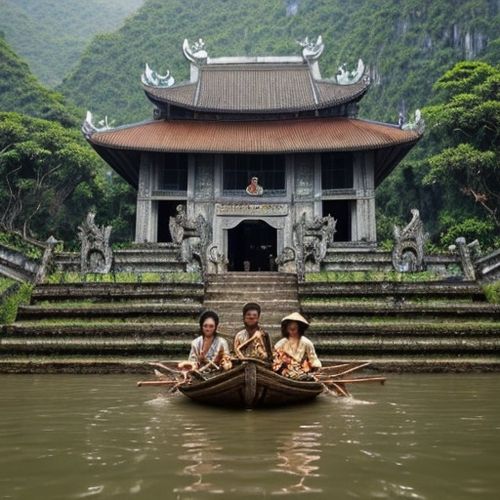
By Rebecca Stewart/Apr 28, 2025
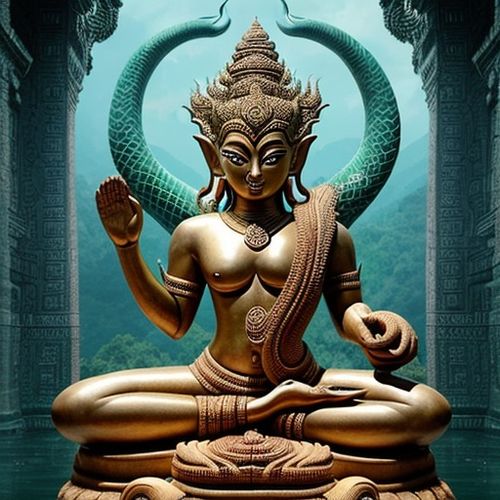
By David Anderson/Apr 28, 2025
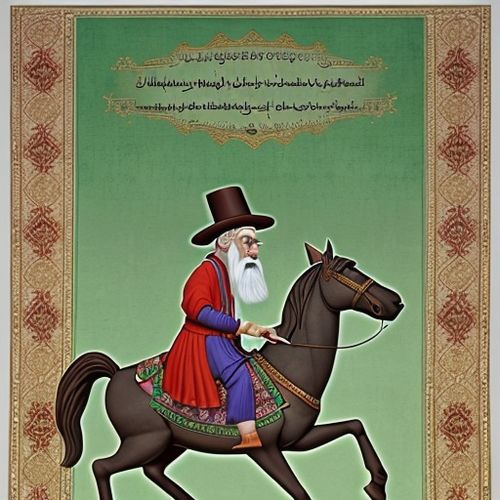
By Olivia Reed/Apr 28, 2025
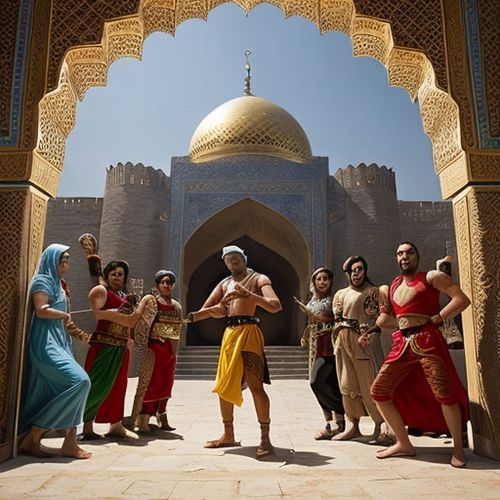
By Lily Simpson/Apr 28, 2025

By Emma Thompson/Apr 28, 2025
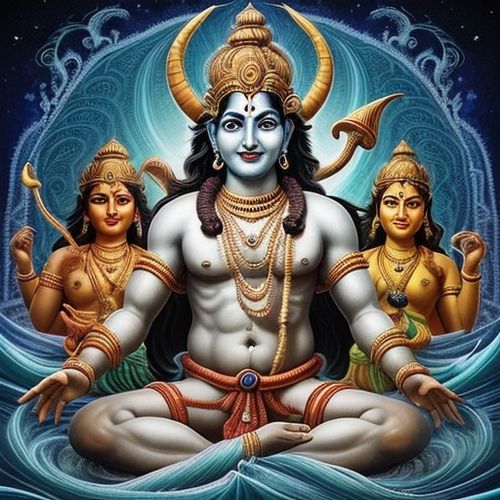
By Laura Wilson/Apr 28, 2025